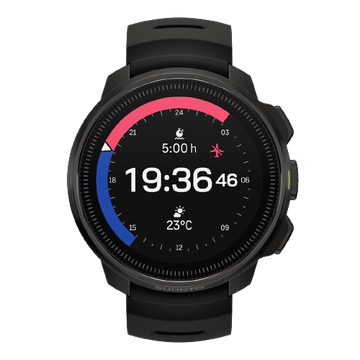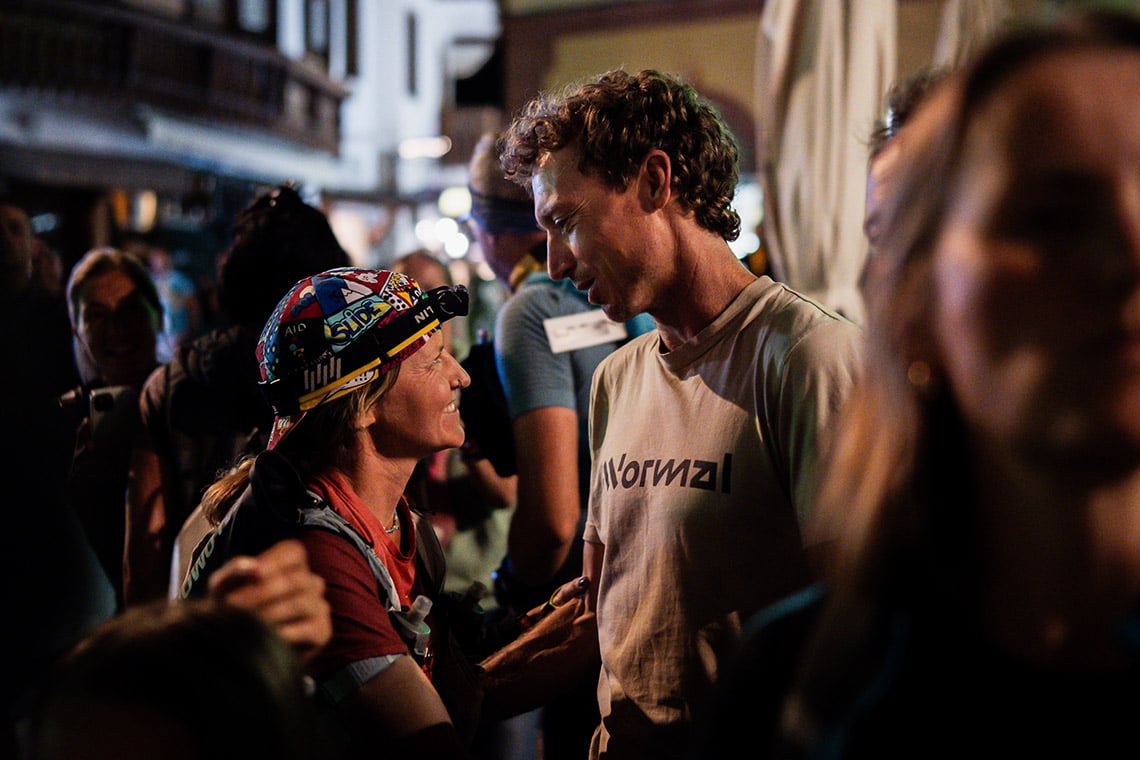We all know proper recovery is an essential part of any training regime, but what exactly happens in our bodies while we rest, how does it impact our performance and how can new recovery features released to Ambit3 watches support our recovery? To get the answers on the science of recovery, we talked with Tero Myllymäki, who leads the physiological analytics development at Firstbeat Technologies.
Tero, can you talk us through how recovery impacts our performance?
The role of recovery is not only crucial to an athlete’s development, but to overall health and wellness; without sufficient recovery, it is impossible to build one’s endurance and stamina. In sports, the whole exercise philosophy is based on the fact that while exercising, body balance, so called homeostasis, is placed in a state of imbalance which lowers our body’s performance level. By taking the time to rest (referred to as “recovery”), this performance level is gained back, and, thanks to this recovery process, it is possible to gain a higher performance level.
What about the role of a good night’s sleep?
A really important fact in recovery is the need for a good night’s sleep. Sleeping well at night is really crucial to recovery, since it is a repetitive, long period of time, during which all body functions can relax. If recovery is successful, all the stress caused by strenuous exercising, along with other factors in your daily life, is reset at night (while you rest), and the body’s resources are replenished. Body stress and recovery can be compared to batteries: you can only use them or charge them once in a while.
Suunto Ambit3 watch offers two tests for measuring my recovery level, but what are the tests measuring in practise?
Recovery is analyzed by measuring the body’s autonomic regulation balance through heart rate variance. At night, one would expect the parasympathetic (so-called relaxing body function) to be powerful and thorough enough to activate the body’s recovery processes. Recovery measurement tests determine how calm a person’s body is during sleep.
How does this information benefit an athlete?
Monitoring this recovery can make the time used in exercising more efficient, because it is good to know when you can exercise on full speed, and when you should take it more slowly and simply let your body recover. Recovery measurement tests will also tell you when you are training too hard, or when you should work harder, so that an athlete can measure the risk of exercising too hard, or not exercising at all. Recovery monitoring is a learning process for you; it enables an athlete to reflect on how he/she is feeling.
What about muscle pain or flue, will the recovery test recognize these?
Even though the autonomic regulation has regained normal levels, intense or abnormal exercises done by an athlete might cause muscle damage, as well as risk to the overall body energy levels. These situations cannot be monitored via autonomic regulation tests. Weakened muscle level recovery can be seen during the exercise, although you wouldn’t be able to see it in the recovery tests. Instead, the effect of diseases such as fever which affect the overall body regulation system, can be seen in the autonomic regulation activity, and, consequently, from the recovery test data.
Can I analyze my sleep quality with the test?
Sleeping badly, and/or waking up during the night can be regarded as a side-effect of the body refusing to slow down, and the heart’s autonomic regulation and/or parasympathetic regulations are weak. This also lowers the recovery levels. The quality of your sleep is influenced by many different factors, and sometimes it may indicate how a person feels about his/her sleep; other times, it may be a direct result of the electrical impulses in the brain which measure sleep phases. Recovery measurements won’t directly measure these sleep phases, but it can reflect on it by measuring autonomic regulation (how relaxed the body is).
Read more about the features:
Tutorial Tuesday: Learn how to use Ambit3's recovery features
Tero Myllymäki, M.Sc., Physiology Research, Firstbeat Technologies
Mr. Myllymäki is responsible for physiological analytics development and research collaboration at Firstbeat. He possesses an academic background, and previously worked as a researcher in several multidisciplinary expert teams, combining physiology, psychology, and technology. His goal is to seek innovative solutions for providing meaningful and actionable feedback on well-being, lifestyle, and performance in daily life. Mr. Myllymäki has a Master’s Degree in exercise physiology from the University of Jyväskylä.
Get to know your recovery status with Ambit3 watch
Suunto Ambit3 watch offers two ways to follow your recovery. The quick recovery test and the sleep recovery test both measure your heart rate variability to give you an indication of your recovery status in percent. The higher the percentage, the more recovered you are. The tests require a Bluetooth Smart compatible heart rate sensor that measures heart rate variability (R-R interval), such as Suunto Smart Sensor.
The quick recovery test is performed by wearing the Smart Sensor belt for three minutes and then checking the recovery percentage from the Suunto Ambit3 watch. Alternatively, you can run the sleep recovery test which measures your heart rate variability through the night to give you an accurate indication of your recovery status in the morning when you wake up.
































































































